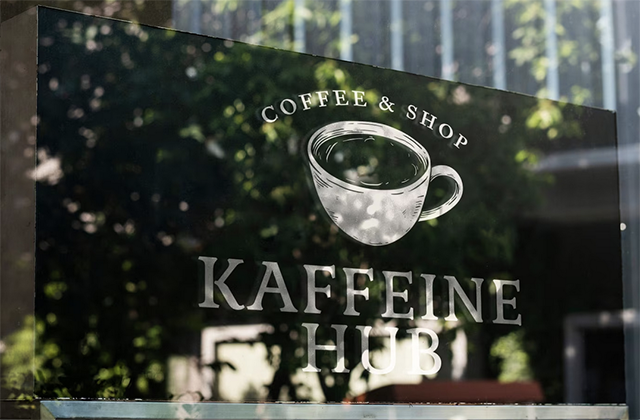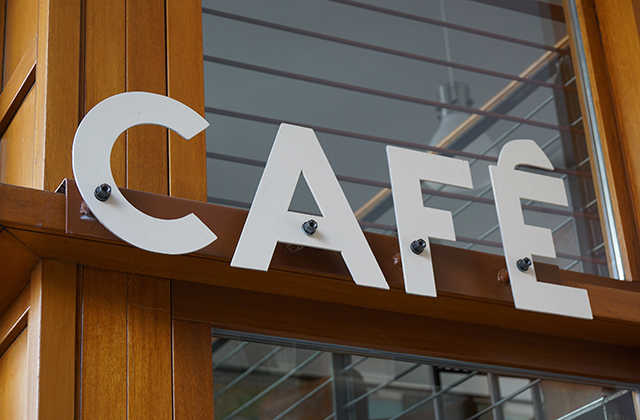Signage plays a crucial role in conveying messages, capturing attention, and promoting businesses. Whether it’s a storefront, a billboard, or directional signs within a facility, effective signage can make a significant impact on a brand’s visibility and success. To uncover the secret behind successful signage, we spoke to expert signwriters who shared their invaluable insights and knowledge. In this article, we will explore the key elements that contribute to impactful signage, discuss the importance of materials and durability, delve into placement and location strategies, highlight the significance of lighting and illumination, and provide maintenance tips to ensure longevity. Let’s dive in and discover how to create signage that truly stands out. The stickers Sydney will purposely improve the sales and attraction of your business to your customers.
The Importance of Signage
Signage as a Marketing Tool
In a competitive business landscape, signage acts as a powerful marketing tool. It serves as a silent salesperson, attracting potential customers and driving foot traffic. Effective signage can convey essential information about a business, such as its name, logo, products, and services. It creates brand recognition and helps establish a strong presence in the market.
Signage and Branding
Signage plays a vital role in building brand identity and communicating brand values. Consistent use of fonts, colors, and design elements across signage reinforces brand recognition. A well-designed sign that aligns with a brand’s image can leave a lasting impression on customers, helping to build trust and loyalty.
Key Elements of Effective Signage
Design
The design of signage is a crucial factor in its effectiveness. A well-thought-out design captures attention and communicates the intended message clearly. The design should be visually appealing, incorporating the brand’s unique aesthetics while maintaining simplicity and readability. It should strike a balance between being eye-catching and not overwhelming.
Visibility and Legibility
For signage to be effective, it must be visible and easily readable from a distance. The size of the sign, as well as the choice of fonts and color contrasts, plays a significant role in legibility. Using fonts that are too small or blending colors that lack contrast can make the sign difficult to read, resulting in missed opportunities to capture attention.
Color Psychology
Colors have a psychological impact on human emotions and behavior. Signage can leverage this by using colors that align with the brand’s identity and evoke the desired emotions in viewers. For example, red can convey urgency or excitement, while blue signifies trust and reliability. Understanding color psychology helps in creating impactful signage.
Fonts and Typography
The choice of fonts and typography contributes to the overall aesthetics and readability of signage. Different fonts evoke different emotions and convey various brand personalities. For instance, bold and modern fonts may suit a tech startup, while elegant and classic fonts may be more appropriate for a high-end boutique. It’s essential to select fonts that align with the brand’s image and ensure readability at various sizes.
Signage Materials and Durability
Outdoor Signage Materials
Outdoor signage faces exposure to weather conditions, making material selection crucial for durability. Common materials include weather-resistant metals like aluminum, sturdy acrylic, and durable PVC. These materials can withstand rain, wind, and sunlight, ensuring the longevity of the signage.
Indoor Signage Materials
Indoor signage materials focus more on aesthetics and visual appeal. Options such as lightweight foam boards, glass, or high-quality plastics are popular choices. Indoor signage materials should complement the surrounding environment while maintaining durability for extended use.
Durability Factors
Factors like UV resistance, water resistance, and impact resistance are critical for long-lasting signage. UV-resistant coatings protect against fading and discoloration caused by sunlight. Water-resistant materials prevent damage from rain or humidity, ensuring signage remains intact. Impact resistance ensures signs can withstand accidental bumps or knocks without significant damage.
Placement and Location
Target Audience and Traffic Flow
Understanding the target audience and analyzing traffic patterns is essential for effective signage placement. By identifying the primary demographic and their behaviors, signwriters can strategically position signage to maximize exposure and engagement.
Exterior Signage Placement
Exterior signage should be prominently placed to capture the attention of passing pedestrians and vehicles. It should be visible from a distance and convey information clearly. Placing signage near entrances or high-traffic areas increases visibility and enhances brand recognition.
Interior Signage Placement
Interior signage guides visitors, promotes offers, and enhances the overall customer experience. Proper placement of directional signage helps visitors navigate the space effortlessly. Additionally, placing signage near point-of-sale areas or relevant product displays can increase sales and encourage impulse buying.
Lighting and Illumination
Importance of Lighting
Lighting plays a crucial role in signage visibility, especially during low-light conditions or at night. Proper illumination ensures that signage remains visible and readable, attracting attention even in dimly lit environments. Lighting also adds a touch of sophistication and draws focus to the signage.
Types of Lighting for Signage
Common lighting options for signage include fluorescent lights, LED lights, and neon lights. Fluorescent lights are cost-effective but may lack the vibrancy of LED or neon lights. LED lights are energy-efficient and offer various color options, making them versatile for creative signage. Neon lights provide a retro aesthetic and create an eye-catching glow.
Considerations for Illumination
When illuminating signage, it’s important to consider factors such as brightness, color temperature, and placement of lighting fixtures. Signwriters should ensure that the lighting enhances visibility without overpowering the design elements. The color temperature should complement the signage’s colors, maintaining consistency and legibility.
Signage Maintenance and Upkeep
Regular Cleaning
Regular cleaning is crucial to maintain the visual appeal and effectiveness of signage. Dust, dirt, and pollutants can accumulate on signage surfaces, impacting their visibility and readability. Proper cleaning methods, using appropriate cleaning agents and tools, help keep signage looking fresh and vibrant.
Repairs and Replacements
Over time, signage may experience wear and tear or damage due to weather conditions or accidents. Prompt repairs are necessary to ensure that the signage remains in good condition and conveys the intended message accurately. If the damage is extensive, signwriters may recommend replacements to maintain the professionalism and impact of the signage.
Updating Signage
As businesses evolve, so do their branding and messaging. It’s essential to update signage periodically to reflect any changes in the business’s identity, offerings, or promotions. This may involve replacing outdated signage, refreshing design elements, or incorporating new information. By keeping signage up to date, businesses can maintain a relevant and engaging presence.
Expert Tips from Signwriters
Choosing the Right Signwriter
When it comes to creating impactful signage, selecting the right signwriter is crucial. Look for signwriters with a proven track record, experience in the industry, and a portfolio that showcases their creativity and expertise. Collaborating with a reputable signwriter ensures that your vision and objectives are effectively translated into compelling signage.
Collaboration and Communication
Effective collaboration and communication between the business owner and the signwriter are essential for successful signage outcomes. Clearly communicate your brand’s values, target audience, and messaging goals to the signwriter. Be open to their suggestions and expertise, as they can provide valuable insights and creative solutions.
Staying Updated with Trends
Signage trends and techniques evolve over time. Expert signwriters stay up to date with the latest industry trends, innovative materials, and design approaches. By working with a signwriter who is knowledgeable about current trends, you can ensure that your signage reflects a contemporary and appealing aesthetic.
Conclusion
Creating successful signage goes beyond merely displaying information. It requires a thoughtful approach that incorporates design principles, material durability, strategic placement, proper illumination, and ongoing maintenance. By leveraging the insights shared by expert signwriters, businesses can unlock the secret to signage that captures attention, reinforces branding, and drives engagement. Invest in professional signwriting services, collaborate closely with signwriters, and keep your signage updated to stay ahead in today’s competitive market. The absolutesignsolutions.com.au are really in demand to Sydney market.



